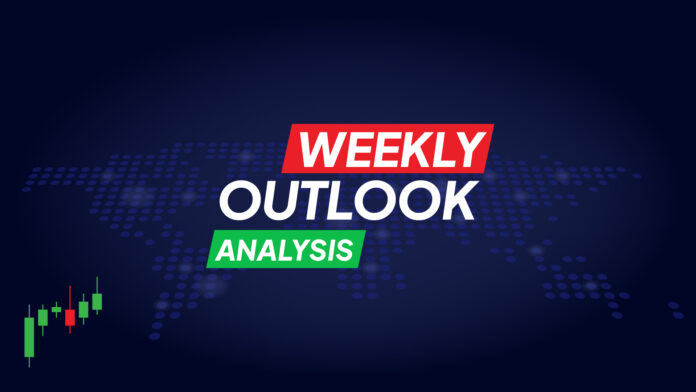Key points to watch out for:
- Core CPI inflation to test expectations for two Fed rate cuts in 2024
- Yen awaits Bank of Japan and Tokyo CPI summary of views
- Canadian CPI data also hogs the limelight
Will the CPI data confirm the Fed’s rate cut estimates?
Although the Fed’s updated dot plot pointed to a mere quarter-point reduction by the end of the year, the poorer-than-estimated CPI numbers a few hours before the decision a couple of weeks ago did not convince market participants about officials’ intentions. Last week’s weaker-than-expected retail sales figures confirm this view.
According to Fed funds futures, investors expect a reduction of close to 50 basis points between now and the end of the year, with about a 70% chance that the first cut will be made in September.
With all this in mind, the main item on the agenda for dollar traders this week may be the underlying PCE price index for May, which will be released on Friday, June 28, along with personal income and spending data for the same month. The day before, the final GDP data for the first quarter will be released. Although the second quarter is nearing completion, any minor deviation from the second estimate will likely go almost unnoticed.
Regarding the core PCE index, the drop in core CPI for the month puts some downside risks in play. There may also be downside risks to spending, stemming from weak retail sales, even though incomes may improve, as indicated by better-than-estimated average hourly earnings.
Overall, another set of economic data pointing to cooling consumer demand could further strengthen expectations for two quarter-point cuts by the Federal Reserve and possibly increase the likelihood of a cut in September. That could be negative for the U.S. dollar, mainly compared to its Australian counterpart. Last week, the Reserve Bank of Australia continued with its neutral stance, although Governor Bullock also reported that they had discussed the option of raising rates.
What are the chances that the Bank of Japan will raise rates in July?
In Japan, the summary of views from the BoJ’s decision a few weeks ago will be released on Monday, June 25, during the Asian session, while the June Tokyo CPI will be released on Friday, June 28.
At the meeting a few weeks ago, BoJ officials decided to keep interest rates unchanged and reported that they would begin to trim their bond purchases, with a detailed plan to be announced next month. Additionally, Governor Ueda stated that he does not dismiss the possibility of raising interest rates in July.
Overall, the yen declined, perhaps because some market participants were expecting clearer signals about a July hike and a likely slowdown in bond purchases. This expectation is reflected in the market valuation, where the possibility of a 10 basis point hike in July has fallen considerably, to around 27%. Before the decision, that possibility was above 65%.
Yen traders will be looking to the summary for more accurate signals about the likelihood of a July hike. If they are disappointed again, the yen is likely to extend its decline, especially if Tokyo’s CPI falls below the 2% target set by the Bank of Japan. With the dollar/yen trading close to the 159.00 area, further gains toward 160.00 could significantly increase the risk of intervention by the Japanese government, even though they have been silent so far.
Back-to-back rate cuts for the Bank of Canada?
Canada’s CPI figures are also on the economic agenda this week. They will be released on Tuesday, June 25. Earlier in the month, the BoC became the second G-10 central bank to cut interest rates by 25 basis points and Governor Macklem indicated that it would be “reasonable to expect further cuts” if inflation continues to cool.
Since then, the only noteworthy data was the slightly better-than-expected May employment report. And that was not enough to dissuade investors from expecting another rate cut in July. Currently, the likelihood of another rate cut is around 62%, and if this week’s data confirms that inflation continues its downward trajectory, this probability could increase. This could put pressure on the Canadian dollar.
Australia will release its monthly CPI for May on Wednesday, June 26. Australia’s inflation has been firmer than that of other major economies, and policymakers at the Reserve Bank of Australia commented on the possibility of raising rates during their meeting.
Therefore, if the CPI confirms the tightness of price estimates, traders will continue to believe that the RBA is more hawkish than other major banks, which could support the Australian dollar.



